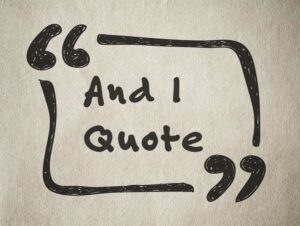Children enjoy blowing bubbles, and parents are thankful because bubbles are relatively inexpensive, clean, and safe. Yes, there is the occasional stray bubble that splashes soap into someone’s eye and requires a bit of attention, but bubbles usually don’t present any imminent dangers.
Young adults like to play with bubbles too. But these bubbles are not as innocuous. Let’s face it: the teenage years are some of the most confusing, painful, and challenging years of life. The training wheels of youth seem to no longer support the weight of the doubts and fears that attack the mind, and life suddenly seems so much more complex, even hopelessly complex.
That’s why young adults like to play with bubbles. Bubbles are small and defined. They are not like the cosmos which might go on for infinity. Bubbles are observable; they fit inside our hands. Bubbles are understandable; we can measure them and predict their trajectories. So instead of wrestling with cosmic questions and answers, we flirt with bubbles. Maybe we will never understand the cosmos, but we can understand microcosms.
So we exchange the real world for a fake world. We distract ourselves with lesser pursuits, hoping that the satisfaction of conquering these microcosms will give us a sense of fulfillment in the real world. Maybe we throw ourselves into the world of soccer, training for countless hours after school and wearing cleats around the house instead of slippers. Or we throw ourselves into the world of Sudoku, buying newspapers solely for the daily puzzle and dreaming in numbers instead of words. Maybe it’s the world of social media, making every attempt to find 500 connections on LinkedIn, to get 1,000 likes on Facebook, or to get 2,000 followers on Twitter. There are endless options to choose from: we can jump into the worlds of politics, Beethoven, Legos, fashion, Minecraft, books, quilting, or coffee.
Each of these worlds gives a certain amount of satisfaction, just enough to make us believe that fulfillment is around the corner. But we know deep down that we are only playing with bubbles. The emptiness and futility is palatable. How do I know? I know because I speak from experience. I tried finding the “ultimate” in piano by practicing up to eight hours a day, constantly listening to classical music, memorizing nearly a hundred pages of music, and promising to conquer any concerto that anyone labeled “impossible.” I threw myself into speech and debate, believing that if I could just dedicate a few more hours to research a day – on top of the 3–4 hours I was already putting into it – I would finally have a positive win-loss record and qualify to nationals. I also pushed myself physically, thinking that “late to bed and early to rise” would lead to self-actualization.
But artificial worlds can only deliver artificial fulfillment, happiness as elusive as the sliver of time that we call “the present” and as fragile as a literal bubble that pops in the breeze. It’s fake. It’s only a microcosm. It’s only a bubble. It may be easier to gravitate towards what we can understand and control, even if it is a misrepresentation or distortion of reality. But God calls us out of our futility and finiteness into His reality, a reality that is often higher than human understanding. Through His grace, we can learn to live in the real world, trusting in the Lord and not our own understanding and believing that, as Corrie ten Boom says, it is never irrational “to trust an unknown future to a known God.”
“Flirting with Bubbles” was written by Amy Tanaka. A faithful member of Westside Baptist Church, she is an accomplished pianist, piano teacher, and English tutor.



